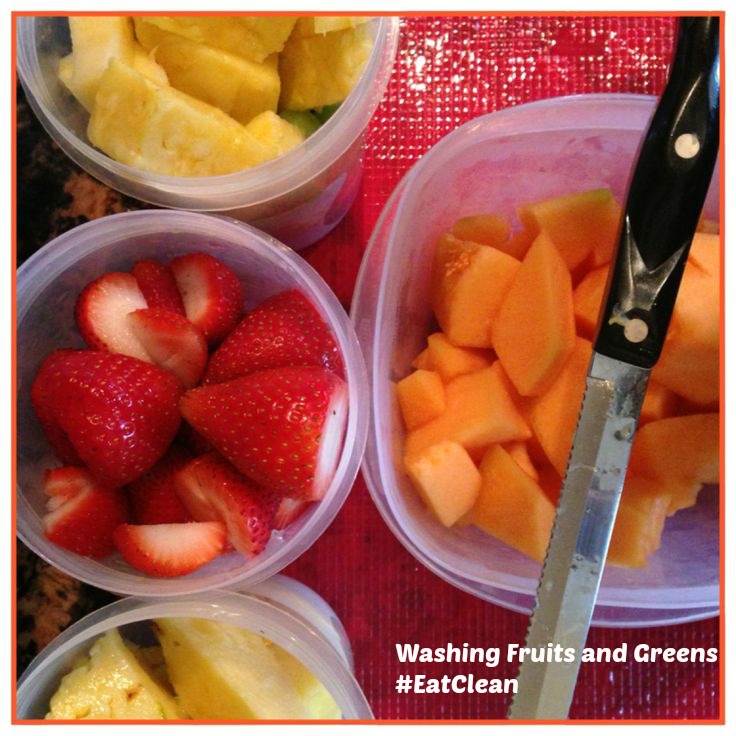
“Chance favors the prepared mind.” Louis Pasteur
Fruits and vegetables are so refreshing to eat, but it can also be very frustrating keeping a fresh stock on hand.
They easily wilt, get soft, and grow mold relatively fast, doesn’t it seem? The good news is, it’s a reminder that it is real food, as opposed to processed and full of preservatives.
In the age of convenience, I wish I could offer some tips on how to make them last as long,…but then again not really. We can make the time.
If we can retrain our minds to slow down, and take the time to appreciate what we are fueling our bodies with, the trade off is invaluable. We can find ourselves in a place where we are resisting what our bodies need- real, fresh, whole foods – in exchange for the convenience of fast foods, which enable us to continue at that fast paced mentality. Or we can find ourselves in a place where we accept what really allows our bodies and minds to function at full capacity, and sacrifice some of the other things we occupy our time with (oh, such as Facebook for example).
It is what it is, it’s not going to make your life easier in the terms of convenience, but it will make your life healthier!
Here are some helpful tips on how to properly wash your fruits and veggies, and store them. Once we know, we do, and then it’s just a good habit, not a hassle.
Washing Fruits and Greens
~ First wash your hands, with antibacterial soap, of course!
~ Never use any soaps, detergents, or chemicals to wash.
~ Scrub, don’t just rinse. Designate a brush for only cleaning, and make sure you air dry it after use.
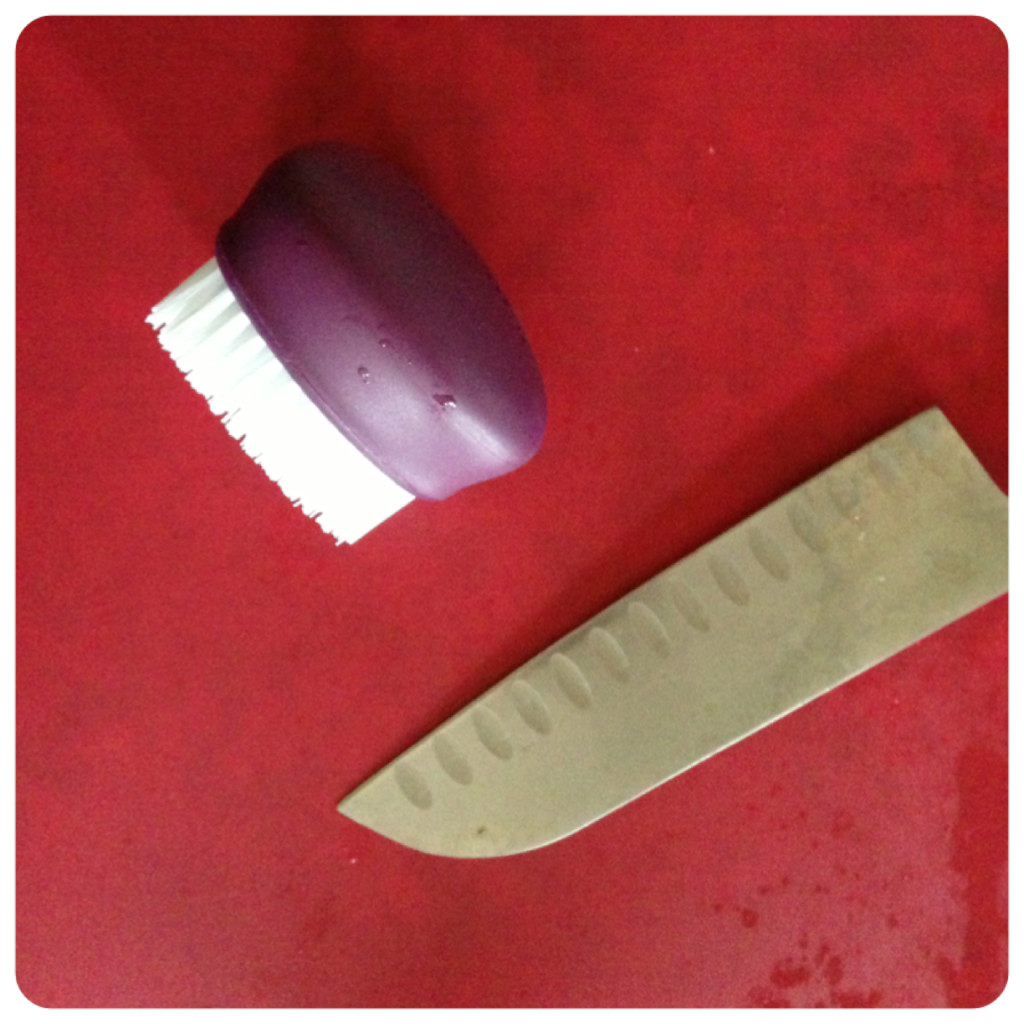
~ Water is fine for cleaning, but you can also consider using distilled water or a diluted vinegar (1 part vinegar and 3 parts water)
~ Soak your root vegetables (potatoes and carrots) , and vegetables with crevices (broccoli, cauliflower) for a few minutes.
~ Mushrooms should still get some cold water and a pat down with a paper towel.
~ Fruits and veggie sprays? Just be sure to check the ingredients. Many are used with oils, and aren’t harmful, but I’m not completely sold on the idea that we need them.
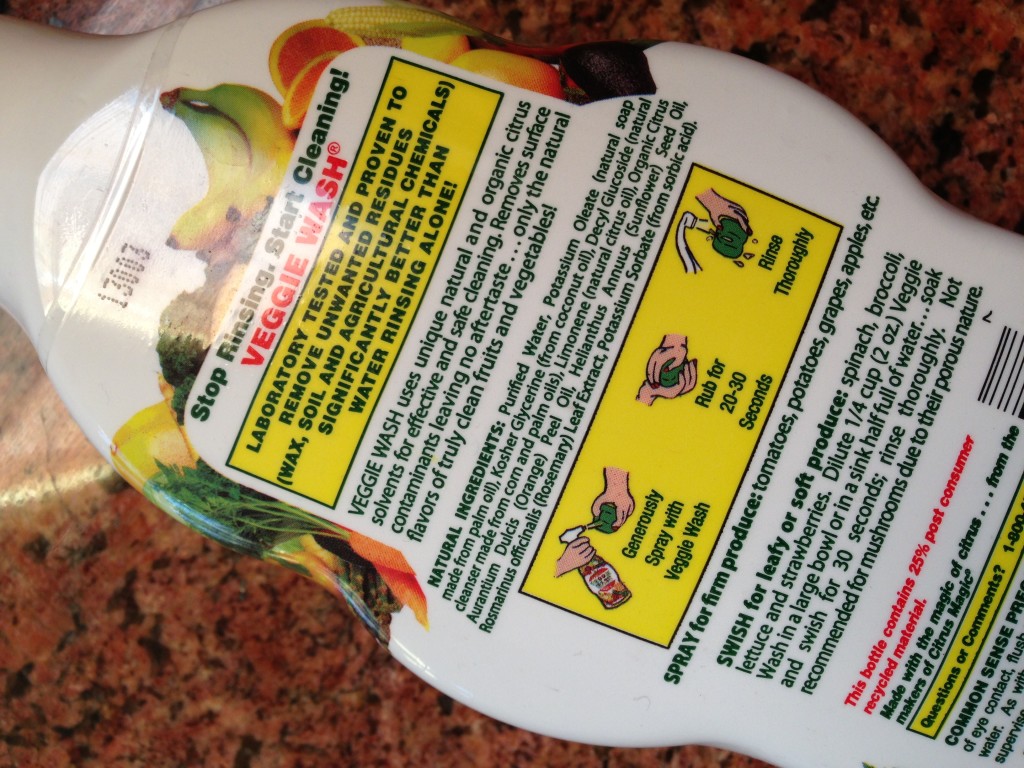
Be sure to reference The Dirty Dozen and Clean 15 list when buying your produce. If you are able to buy only some items organic, here’s the list, so you can reference the most important (dirty) ones. Of course buying from a local market or co-op is the best way to ensure you know what is being sprayed on your food.
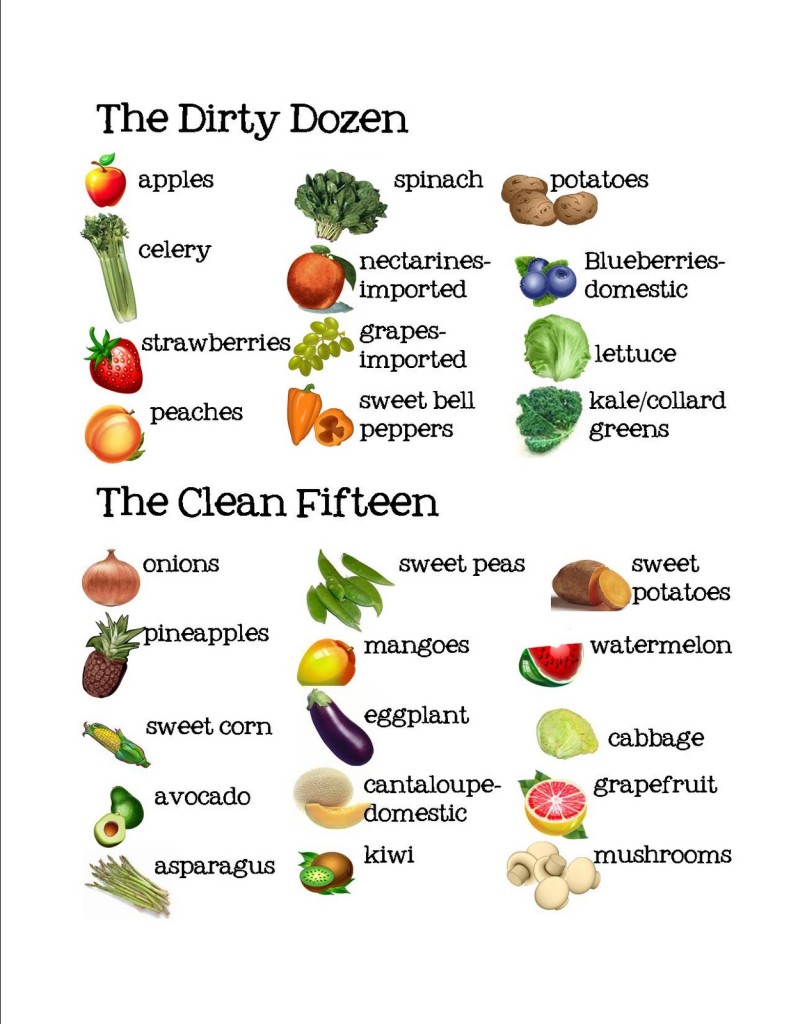
So once they’re clean, what’s the best way to store? Logically, we think to cut them all up, and have them handy and convenient for the run. A great way to encourage your family to grab something healthy to eat.
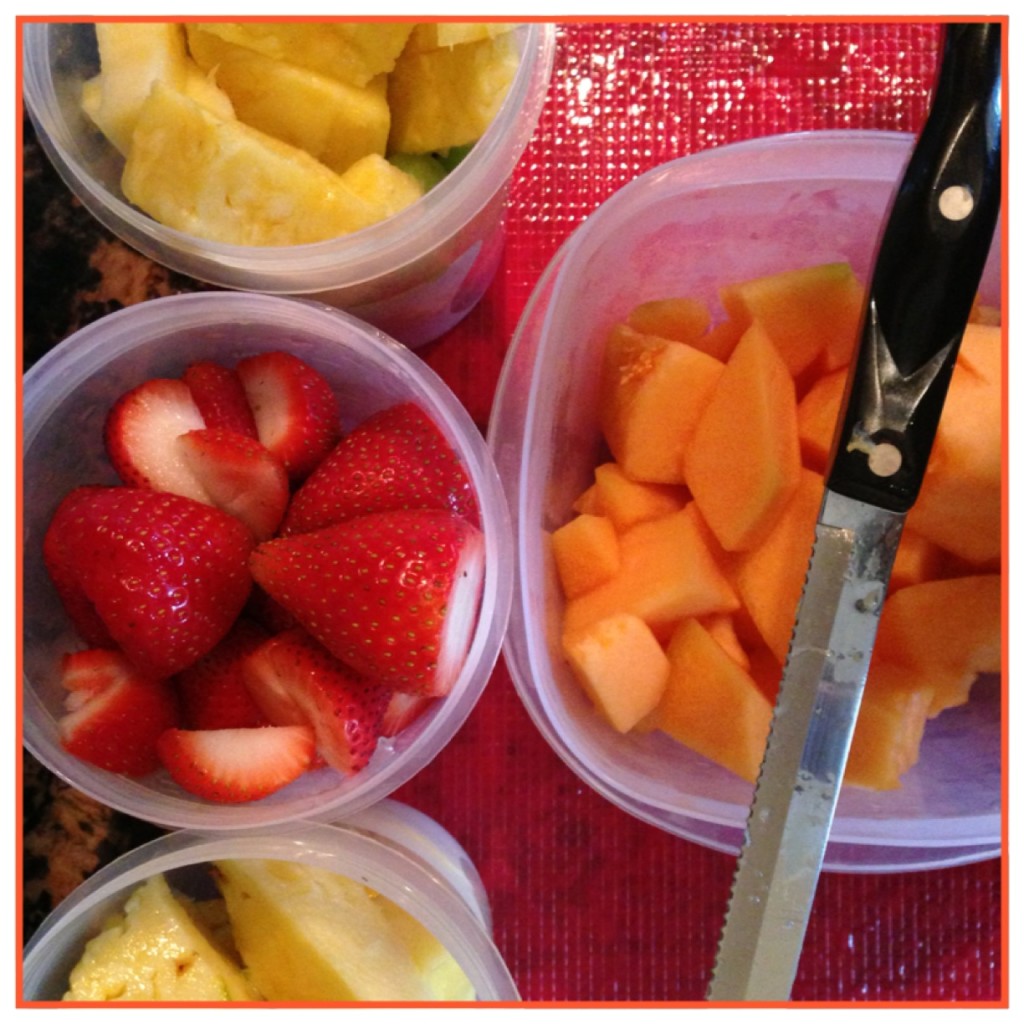
However, the down side to this is that once they are washed, cut and put in the refrigerator, we speed up the process to losing taste, texture and vitamins. You won’t be picking at them all week this way. I do still prepare some fruits this way, but I also eat them all before day end, so it’s more of a day to day convenient thing, not a weekly meal prep. If you’re going to stretch it, then store them in a glass container that is lined with paper towels. But if you’re juicing your fruits and veggies, drink immediately. You are not going to want to juice and save for the next morning, you are losing vitamins by doing so. Most consumer juicers are not designed to produce the quality of juice that is more resistant to oxidation. Don’t store if you’re into having quick snacks to grab, I do this for my family. Natural fruit snacks. Again, just be sure you prep as close to consumption as possible.
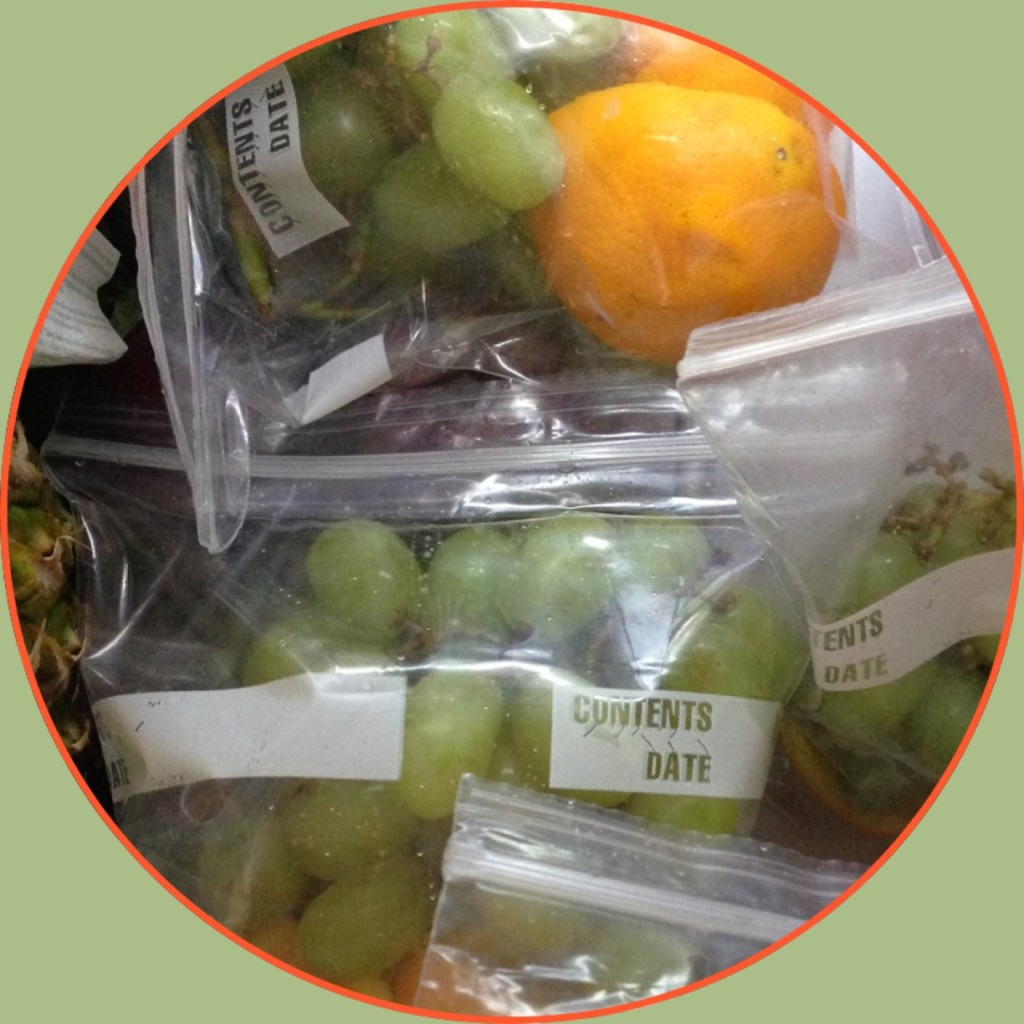
Here is how they should usually be stored, and here is a link to a video explaining the same. I have bullet pointed Kristina’s tips.
~Keep the greens bagged in biodegradable bags. This helps a lot more then throwing them in the refrigerator drawers and they will last twice as long.
~Rotate the food (older in front, newer in back). This gives the ones in the back time to ripen.
~Greens should be in the refrigerator and berries too, but with a lot of open air. Apples, pears, oranges, tomatoes, bell peppers-they all can be stored on the counter, giving time to ripen up, and not maximizing the taste and nutrients benefits.
~ Prepare as needed. There you go- same as above, don’t cut them up too early.
~ Buy as you need them. Real food does go bad.
Although eating whole isn’t as convenient as eating fast, the benefits don’t compare.
Here is one thing you can definitely prepare in advance-water, and salad dressings. I keep these things in my refrigerator, ready to go.
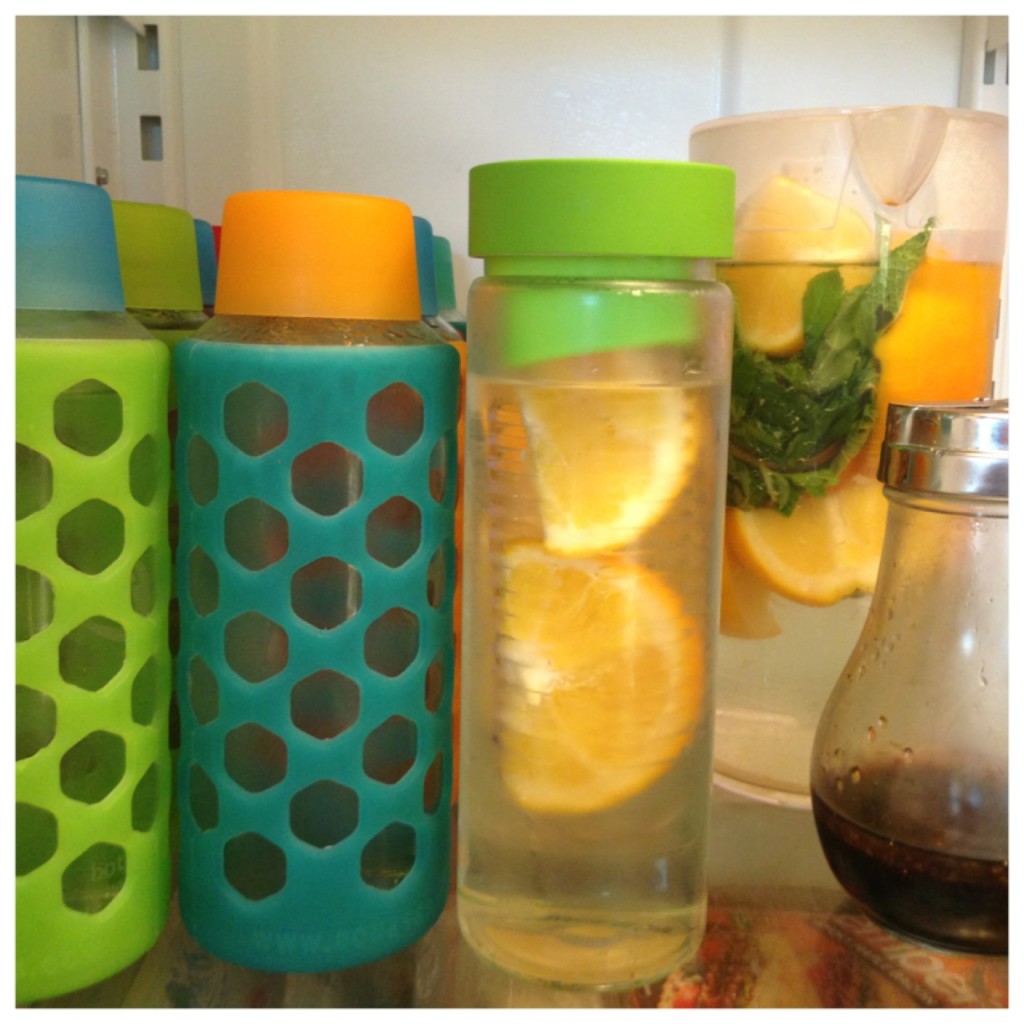
One thing that we can bet will not change much in the future; there’s not way, but the good old fashioned way, of preparing and eating healthy foods. Take the time.
- Homemade Almond Milk - June 6, 2015
- Make Your Own Granola Bars - September 24, 2014
- Vegan Cabbage Stuffed with Veggies and Couscous - September 16, 2014


Thanks for the tips! I’ve always washed by hand, I’ve never tried a wash.
I love your pic with the clean 15 and the dirty dozen. I didn’t really know that. A great reminder to do a better job and cleaning my fruits and veggies!
Thanks for the info, unprocessed food is so important. My dr. had to remind us that 100% fruit juice is nothing compared to 100% fruit, cause there is no fiber in juice!
Mitch
These are such great tips. I usually cut them up when I buy them but you’re right, they get old fast! I’m going to try the glass containers. I had never heard of the clean 15, thanks!
I eat kale almost every day and didn’t even know that it is on the dirty list. Thanks for sharing because I will be much more cautious!